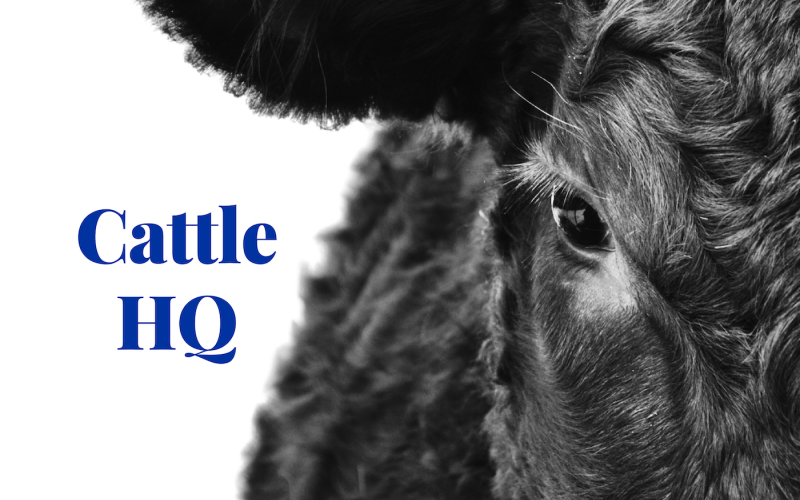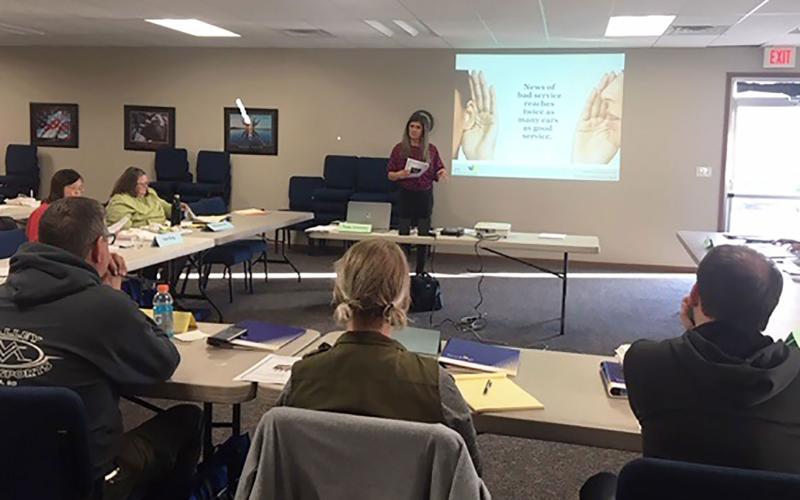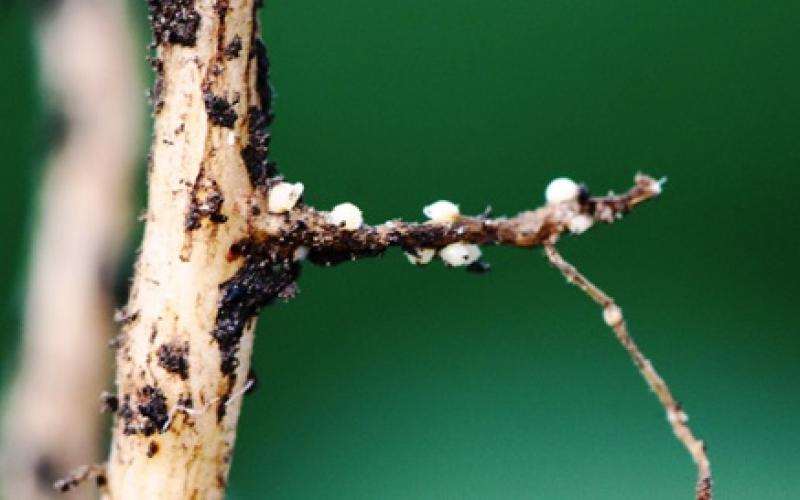Search

Bovine Congestive Heart Failure Part 2
In this episode of Cattle HQ, Olivia Amundson and Kiernan Brandt, former SDSU Extension Cow/Calf Field Specialists, continue their discussion of bovine congestive heart failure and health alongside Brian Vander Ley, University of Nebraska Veterinary Epidemiology Field Specialist and Interim Director of the Great Plains Veterinary Educational Center.

Small Business Basics
The Small Business Basics program covers an extensive list of topics, including writing or updating business plans, tax and licensing, employee relations, pricing and marketing, customer service, social media, and aspects of financing.

Scout and Soil Test for the Soybean Cyst Nematode
Soybean cyst nematode (SCN) is the main soybean production constraint in South Dakota. Soybean plants can be infested with SCN but may not display visible symptoms.

Management-Intensive Grazing Plays a Key Role in Expanding Grass-Based Agriculture
By improving livestock carrying capacity and reducing feed costs, grazing strategies at greater management intensity have the potential to improve grass-based livestock production profits.
![Two young girls enjoying healthy snacks after school. Courtesy: Bob Nichols, USDA [CC BY 2.0].](/sites/default/files/styles/teaser_800x500/public/2019-11/W-00442-00-school-healthy-snacks-nutrition.jpg?h=3fe45f0e&itok=WNdc7ae0)
Fueled for Fun!
This activity is appropriate for Pre-K-2nd grade (ages 4-7) and can be used by classrooms, small groups, or individuals.

In the Markets: Cattle Inventory
In this episode of Cattle HQ, Adele Harty, SDSU Extension Cow/Calf Field Specialist and Matt Diersen, SDSU Extension Risk/Business Management Specialist reunite for another quarterly update on the state of the cattle industry.

Concentrated Animal Feeding Operations Training Set for March 2
February 15, 2022
An environmental training session for operators of Concentrated Animal Feeding Operations will be held Wednesday, March 2, in Huron at the Crossroads Convention Center.

Seeing Dead Soybean Plants in a Circular Pattern? Could Be Due to Lightning
While quite uncommon for lightning to damage row crops, it does happen. Thunderstorms can have lightning that can burn soybeans plants leading to their death.

Spring and Winter Camelina in South Dakota
In the semi-arid, western portion of South Dakota, camelina has potential value as a fall-seeded cover crop, providing flexibility in crop rotations for improving soil health.

Calving Distribution Affects Herd Health
When the calving season is consolidated, nutritional requirements are more synchronous across the herd, and these benefits extend beyond improved feed management.